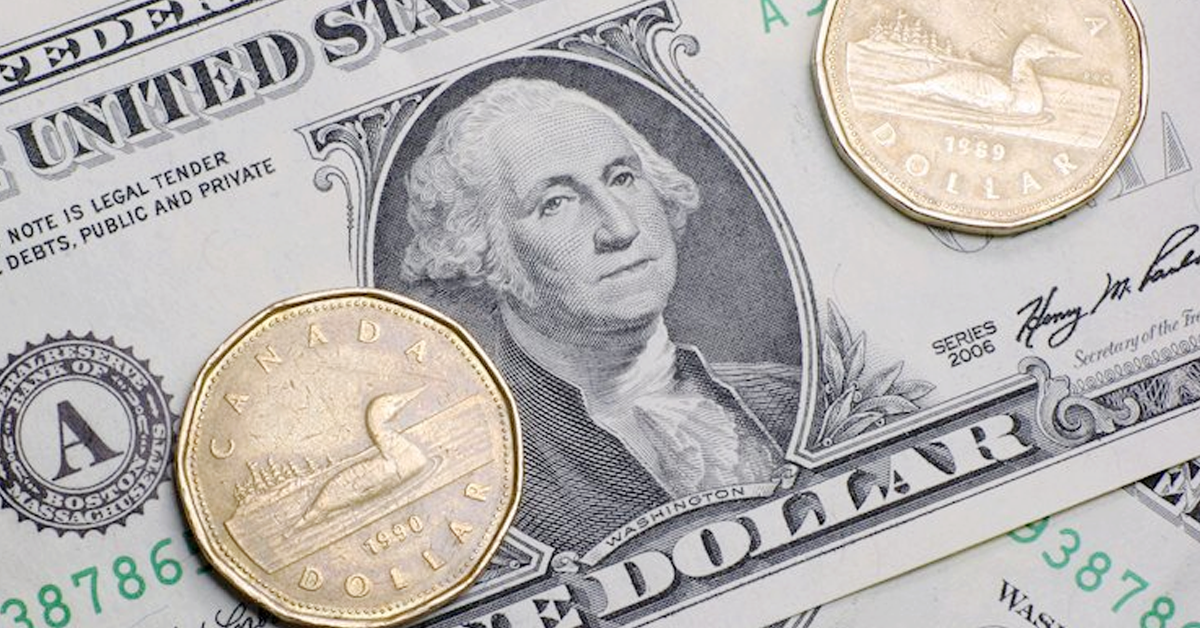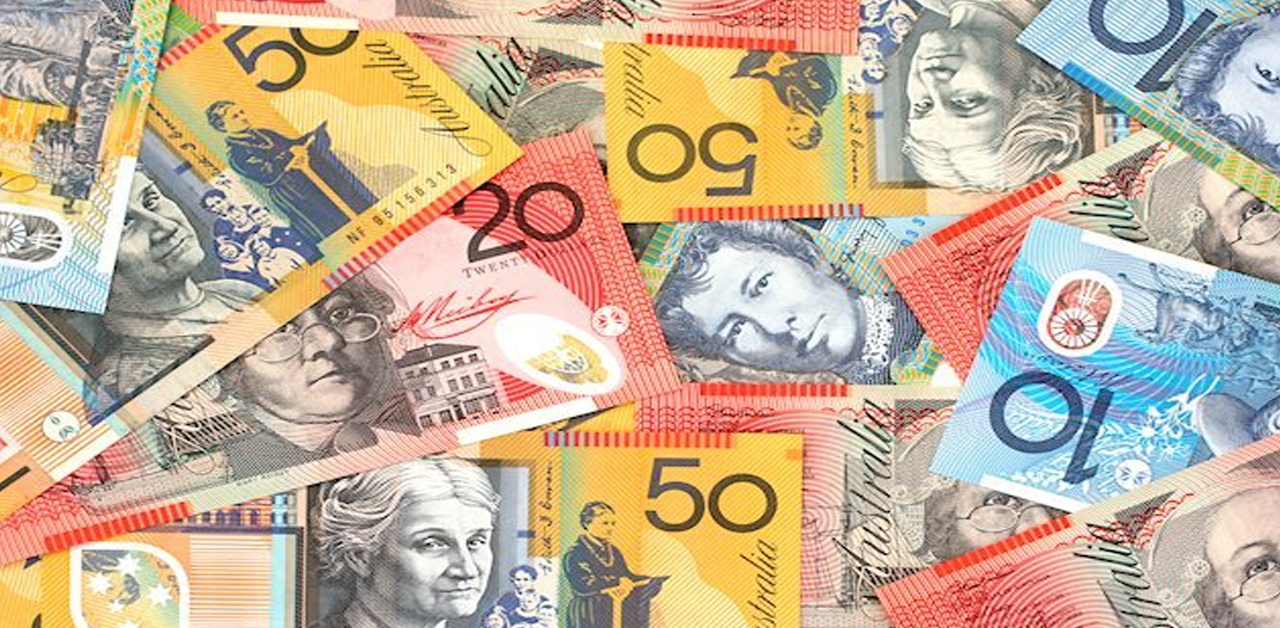USD/CAD Rises Above 1.3750 as Markets Await Fed Rate Decision
The USD/CAD currency pair was trading positively around 1.3778 on Wednesday during the early trading hours in Asia. The pair gained strength, influenced by weaker economic indicators from Canada and a robust US Dollar. Specifically, Canada’s Gross Domestic Product (GDP) for February underperformed expectations, growing only 0.2% month-over-month compared to the anticipated 0.3%, as reported by Statistics Canada. This slower growth rate, down from January’s 0.5% expansion, put downward pressure on the Canadian Dollar (Loonie).
On the other side of the pair, the US Dollar remained firm, trading above 106.30, supported by various economic reports and market sentiments. The focus now turns to the US Federal Reserve’s interest rate decision, anticipated later on Wednesday. Market consensus does not foresee a rate change at this meeting. However, Federal Reserve Chair Jerome Powell’s subsequent press conference is eagerly awaited for any insights into future monetary policy, particularly regarding the persistence of high rates.
Market expectations have shifted recently, with the CME FedWatch Tool indicating that the likelihood of a Fed rate cut in September has decreased to 44%, a significant drop from 60% earlier in the week. This adjustment reflects a more cautious approach by financial markets towards anticipating rate cuts, possibly underpinning the Dollar further.
Additionally, several key economic indicators are scheduled for release. These include the US ADP Employment Change, ISM Manufacturing PMI, and the Canadian counterpart from S&P Global. These reports could provide further clues about the economic health of both countries. The US economy showed mixed signals as the Conference Board’s Consumer Confidence Index dropped to its lowest since July 2022, indicating a decline in optimism among consumers. In contrast, the Employment Cost Index in the US for the first quarter of 2024 indicated a stronger-than-expected rise of 1.2% year-over-year, surpassing the consensus forecast of 1.0%.
Meanwhile, Canada’s economic prospects seem challenged, not only by internal metrics but also by external factors like oil prices. As the leading crude oil exporter to the US, Canada’s currency is susceptible to fluctuations in oil markets. Recently, declining oil prices have exerted additional selling pressure on the Loonie, complicating the economic outlook and potentially prompting the Bank of Canada to consider a rate cut in June to support economic growth.
Investors and traders are keeping a close watch on these developments, as any new economic data or policy changes could significantly influence the direction of the USD/CAD pair in the coming days.












